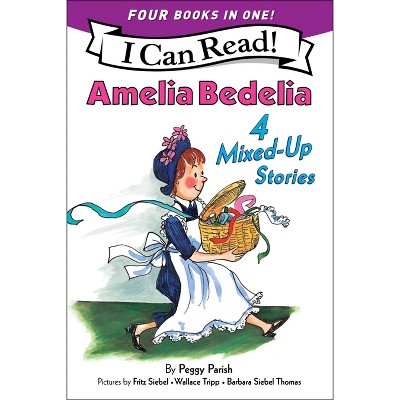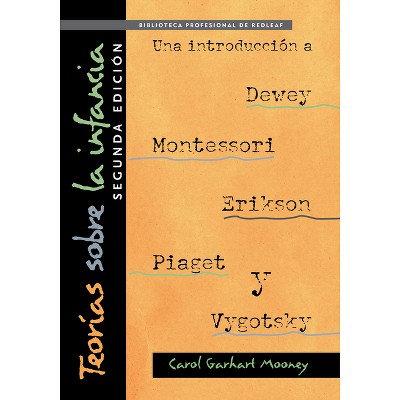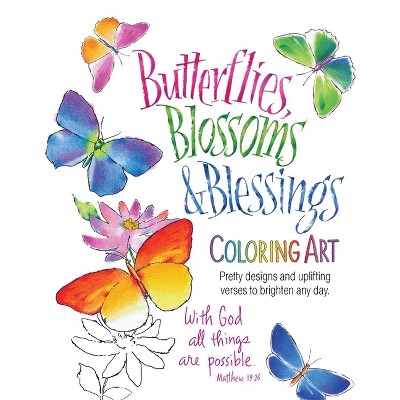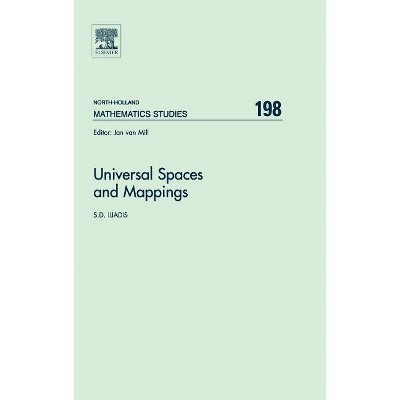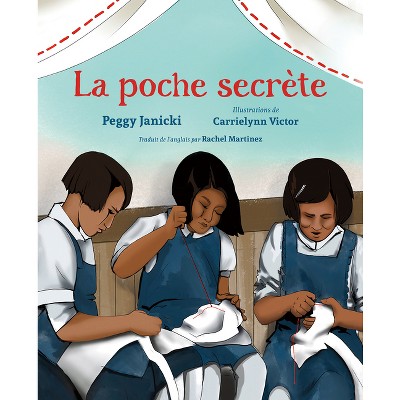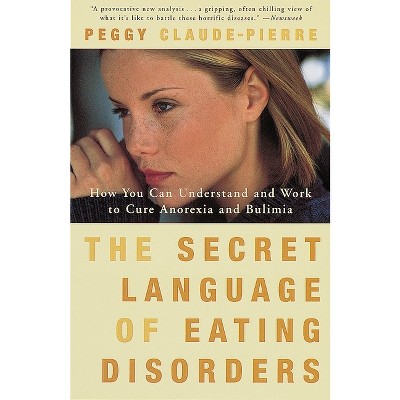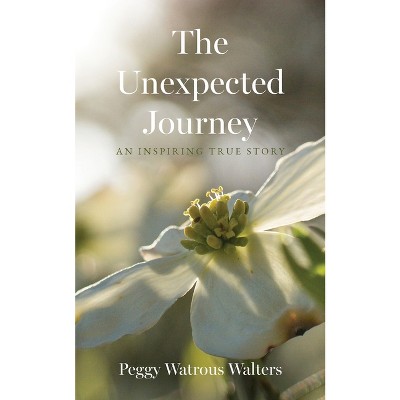Sponsored

The Secret Pocket - by Peggy Janicki (Hardcover)
In Stock
Sponsored
About this item
Highlights
- ★"Captures the sympathy of readers and holds their attention...An age-appropriate telling by an Indigenous creative team of a tragic historical period.
- 6-8 Years
- 10.8" x 8.9" Hardcover
- 32 Pages
- Juvenile Nonfiction, People & Places
Description
About the Book
This illustrated nonfiction picture book tells the true story of how a resilient group of girls at a residential school sewed secret pockets into their clothes to hide food.Book Synopsis
★"Captures the sympathy of readers and holds their attention...An age-appropriate telling by an Indigenous creative team of a tragic historical period."--School Library Journal, starred review
The true story of how Indigenous girls at a residential school sewed secret pockets into their dresses to hide food and survive.
Mary was four years old when she was first taken away to the Lejac Indian Residential School. It was far away from her home and family. Always hungry and cold, there was little comfort for young Mary. Speaking Dakelh was forbidden and the nuns and priest were always watching, ready to punish. Mary and the other girls had a genius idea: drawing on the knowledge from their mothers, aunts and grandmothers who were all master sewers, the girls would sew hidden pockets in their clothes to hide food. They secretly gathered materials and sewed at nighttime, then used their pockets to hide apples, carrots and pieces of bread to share with the younger girls.
Based on the author's mother's experience at residential school, The Secret Pocket is a story of survival and resilience in the face of genocide and cruelty. But it's also a celebration of quiet resistance to the injustice of residential schools and how the sewing skills passed down through generations of Indigenous women gave these girls a future, stitch by stitch.
Review Quotes
"A powerful example of Indigenous resistance, brilliance, and intergenerational healing. The story illuminates that resilience is rooted in language, culture, and relationships. The Secret Pocket is suitable as a read-aloud for elementary students and as a critical thinking resource for secondary and intermediate students."
-- "Indigenous Books for Schools""Imbued with marvelous details and remarkable balance as it describes both hardship and resilience... Heartrending and heartening."
-- "Cooperative Children's Book Center, School of Education, University of Wisconsin-Madison""Use(s) the blues and greens of nature to effectively capture warm family scenes in contrast with the dull grass and browns of school life."
-- "Children's Literature Comprehensive Database (CLCD)""Victor's artwork is emotional and offers realistic glimpses at the differences between the warmth happiness experienced at home, and the stark reality of life in the residential school."
-- "Sal's Fiction Addiction""This important story brings attention to the resilience, ingenuity, and strength of the Indigenous children who were taken away to residential schools... Highly recommended."
-- "Canadian Children's Book News""An engaging and important story, this book is highly recommended for home, public, and school libraries."
-- "Quill & Quire"★"Captures the sympathy of readers and holds their attention...An age-appropriate telling by an Indigenous creative team of a tragic historical period."-- "School Library Journal, starred review"
"Both sadness and joy are accessible within the illustrations and partner perfectly with the prose...An important addition to any bookshelf...A wonderful story for mature youngsters to engage with to begin talking about the history of residential schools. Highly Recommended."-- "CM: Canadian Review of Materials"
"Simply drawn, expressive...A moving picture book."-- "Booklist"
"Though the tale is emotionally fraught, young readers are left with an uplifting reminder about the power and resolve of Indigenous people...A moving tribute to Native children's survival in the residential school system."-- "Kirkus Reviews"
About the Author
Peggy Janicki is an award-winning Dakelh teacher from the Nak'azdli Whut'en First Nation. She holds a master of education in Indigenous knowledges/Indigenous pedagogies from the University of British Columbia. Peggy has worked for decades to reveal the hidden stories and histories of Indigenous Peoples, as featured in UBC's Massive Open Online Course (MOOC) "Reconciliation through Indigenous Education." When her mother shared a secret story that changed all their lives and highlighted the impacts of colonization, Peggy also became a storyteller. She lives in Chilliwack, British Columbia.
Eastern Fraser Valley-based artist Carrielynn Victor is a descendant of Coast Salish ancestors that have been sustained by S'olh Temexw (their land) since time immemorial and Western European ancestors that settled around Northern Turtle Island beginning in the 1600s. Along with owning and operating an art practice, Carrielynn maintains a communal role as a plant practitioner, and is the Manager of Cheam First Nation's Environmental Consultancy. The philosophy and responsibilities of these land-based communal roles are fundamental for informing the story, style and details of her artwork. With ancient and modern design principles combined, Carrielynn's professional artistic practice takes the form of murals, canvas paintings, drums, paddles and, in recent years, illustrations for scientific reports and children's books. She lives in Chilliwack, British Columbia.
Shipping details
Return details
Frequently bought together
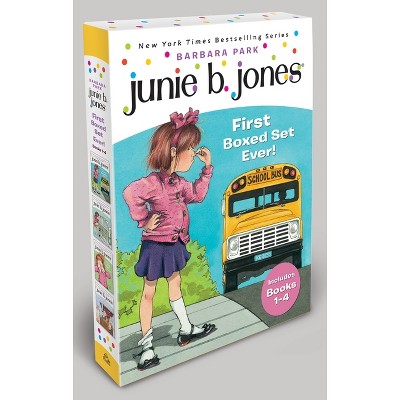
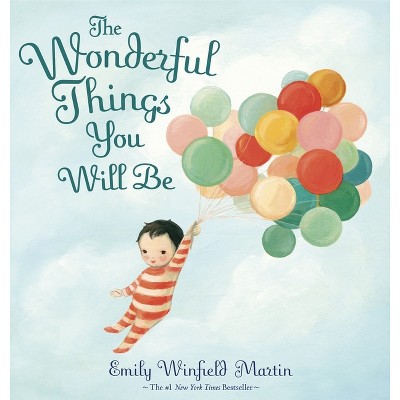
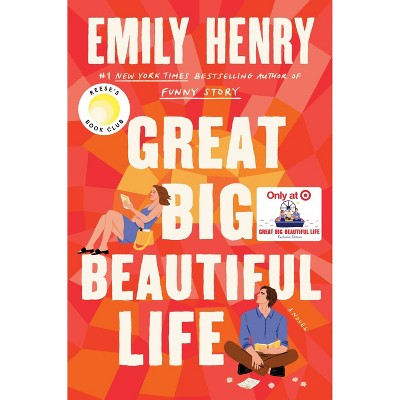
Trending Non-Fiction





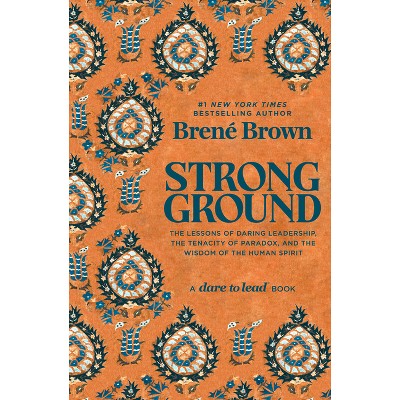
Discover more options
